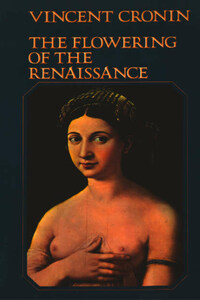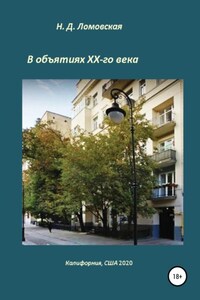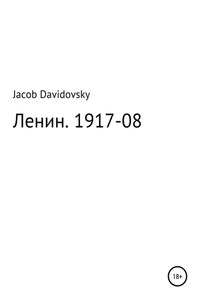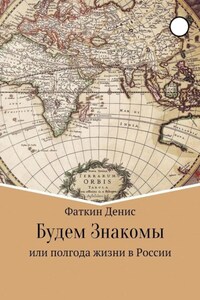HarperCollinsPublishers Ltd.
1 London Bridge Street
London SE1 9GF
www.harpercollins.co.uk
Published by HarperCollinsPublishers 1994
Copyright © Vincent Cronin 1994
PARIS, CITY OF LIGHT: 1919â1939. Copyright © 2014 by Vincent Cronin.
Vincent Cronin asserts the moral right to be identified as the author of this work
A catalogue record for this book is available from the British Library
All rights reserved under International and Pan-American Copyright Conventions. By payment of the required fees, you have been granted the nonexclusive, nontransferable right to access and read the text of this ebook on-screen. No part of this text may be reproduced, transmitted, downloaded, decompiled, reverse-engineered, or stored in or introduced into any information storage and retrieval system, in any form or by any means, whether electronic or mechanical, now known or here in after invented, without the express written permission of HarperCollins ebooks
HarperCollinsPublishers has made every reasonable effort to ensure that any picture content and written content in this ebook has been included or removed in accordance with the contractual and technological constraints in operation at the time of publication
Source ISBN: 9780002151917
Ebook Edition © OCTOBER 2016 ISBN: 9780007584574
Version: 2017â01-26
Madame Marie Plaut, née dâYvoire, shared with me memories of her life as a student, then as a young wife in Paris. Docteur Gilles Buisson recalled his years as a medical student in the âthirties, Austin Coates his experiences of musical Paris. Among those no longer alive Jean Renoir talked to me about cinema, Eileen Agar about Surrealist painting and her friendships with Eluard and Picasso, Comte Guy de Rolland about the worlds of industry and finance. General Lucien Robineau and Wing Commander âLaddieâ Lucas gave me the benefit of their expertise in air force matters. André Rousseau, past president of the Fondation Saint-Jean Perse, provided useful clues to the character of Alexis Léger. Other French friends have shared with me memories of life in the army and in politics but have asked not to be named, since events of the âthirties are, in France, still so controversial. My daughter Sylvelie found for me inter-war newspapers, Parisian and provincial; my daughter Dauphine typed the book from manuscript; Marine Saffar helped me with general research. My friend Basil Rooke-Ley unearthed out-of-the-way facts and gave constant encouragement. The staffs of the French Army Archives, of the Bibliothèque Nationale, of the British Library and of the London Library provided willing and expert help. Once again I am deeply indebted to Elizabeth Walter of HarperCollins for drawing on her insights as a writer and her experience as an editor to make many valuable suggestions.
At 8.40 in the morning of 25 August 1919 a twin-engined Handley Page aeroplane left Hounslow with eleven passengers. Flying at seventy miles an hour, it arrived in Paris three hours later, thus inaugurating a regular passenger service between the two capitals for a one-way fare of fifteen guineas. According to The Times, âthe journey cannot be guaranteed every day, owing to the bad climate, and at present engine failure cannot be entirely eliminated, and forced landings and delay may occur.â Nevertheless, soon those who could afford it thought nothing of calling at Keith Prowse in Bond Street, booking theatre seats and a hotel room, then flying across the Channel, returning next day, a colourful hotel sticker on their suitcase, the theatre programme to show friends, and perhaps in a hat box an irresistible little number from a shop in the rue du Faubourg Saint Honoré.
Improved transport brought visitors from other countries, too. Starved of travel by the war, Scandinavians came south by train in their thousands; fast mail boats brought the French-speaking rich from Argentina and Brazil; between June and September 1926 no less than 109 passenger ships, offering 260,000 berths, left New York for Le Havre and Cherbourg.
Some came to see the capital of a country whose fate had for four years mattered so much to the civilized world. Some, admirers of the pre-war work of Matisse, Braque and Picasso, came for the dozens of avant-garde art galleries. Some came to the city of Proust and Apollinaire to discover the latest literary fashions and to savour the âlittle magazinesâ, of which Paris published more than the rest of the world combined. Some came to concerts by the










